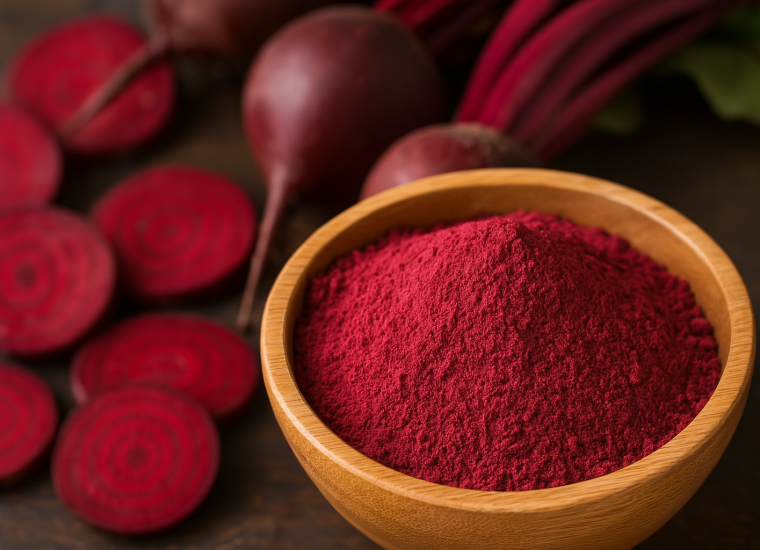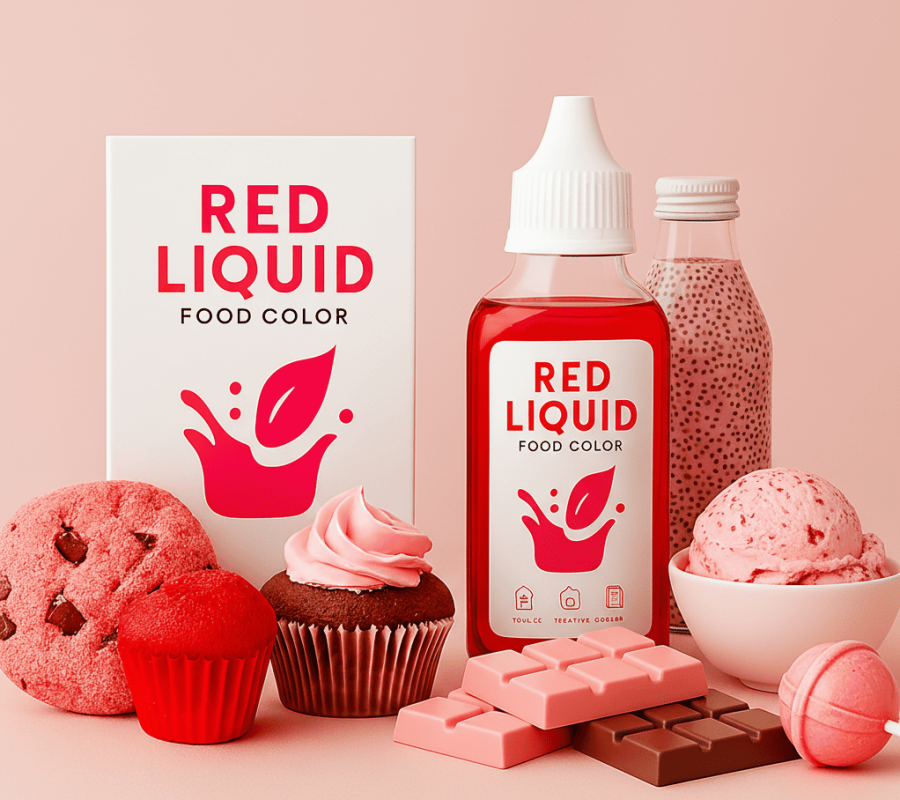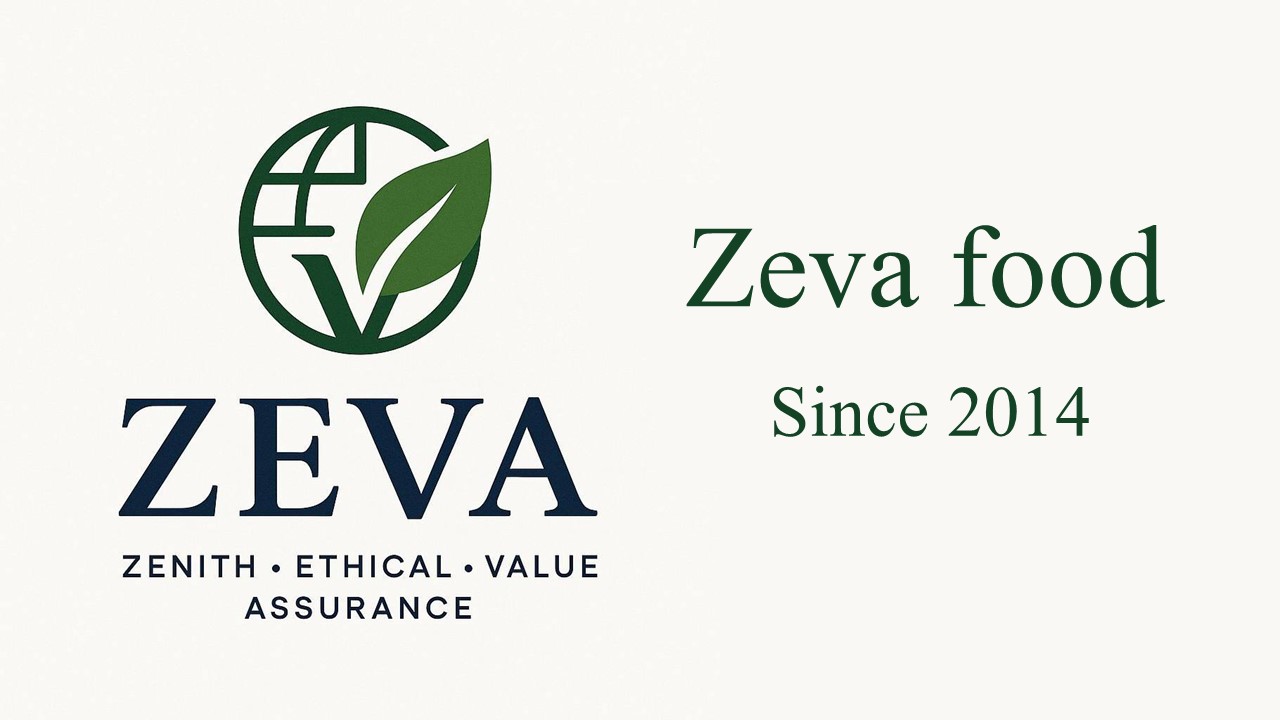Beetroot Red
Natural Red Food Color (E162) – Beetroot Red: Vibrant, Functional, and Clean-Label
Beetroot Red Natural Food Color (E162) is a vibrant, plant-based coloring agent derived from the root of Beta vulgaris. Used since ancient times as both a dye and a nutritious ingredient, beetroot extract provides vivid pink to deep red hues while delivering natural antioxidants and plant-based functionality.
Today, it stands among the most popular natural red food colors, offering manufacturers a safe, vegan, and sustainable alternative to synthetic red dyes.

Origin and Composition of Natural Red Food Color
The color of Beetroot Red comes from betalain pigments, primarily betanin, naturally present in beetroot roots. These pigments are water-soluble and provide strong coloration even at low concentrations.
- Betanin – The primary pigment responsible for the red to purple hue.
- Vulgaxanthin – A secondary yellowish pigment that can adjust color tone when blended.
Betanin’s structure makes it heat- and light-sensitive, but under controlled conditions (acidic pH and cool temperatures), it offers brilliant, stable color performance.
Beyond its coloring power, beetroot is rich in antioxidants, vitamins, and phytonutrients that support product appeal and consumer trust.
Health and Functional Benefits of Beetroot Natural Red Food Color
Scientific studies have highlighted beetroot’s antioxidant and anti-inflammatory properties, linked to its high betalain content.
In food applications, Beetroot Red can help:
- Reduce oxidative damage in formulations, protecting flavors and nutrients.
- Enhance visual freshness in dairy, beverage, and confectionery products.
- Support clean-label claims with a naturally derived, functional colorant.
These properties make Beetroot Red not only a color additive but also a value-added ingredient for brands focused on natural nutrition and wellness.
Applications of Natural Red Food Color in the Food Industry
Beetroot Red is used widely for its eye-catching natural hue and mild flavor profile, suitable for both acidic and neutral systems. Common applications include:
- Beverages: Juices, smoothies, flavored water, energy drinks
- Dairy Products: Yogurt, milkshakes, ice cream, cream fillings
- Confectionery: Gummies, jellies, candies, fruit bars
- Bakery: Cakes, muffins, icings, and pastry fillings
- Savory Products: Sauces, soups, salad dressings, and plant-based meats
Beetroot Red blends seamlessly into most water-based formulations, providing consistent shades from soft pink to deep red depending on dosage and pH.

Regulatory and Technical Information
In the European Union and other international markets, Beetroot Red is approved as a natural food color under code E162.
It is classified as safe for human consumption when used within recommended limits.
Comparison with Synthetic Colors
Unlike synthetic reds such as Allura Red (E129) or Ponceau 4R (E124), Beetroot Red is entirely plant-based and naturally derived.
It contains no petrochemical ingredients, no artificial additives, and is non-toxic and biodegradable. This makes it a preferred choice for clean-label, health-conscious brands seeking to replace artificial red colorants while maintaining visual appeal and consumer trust.
Sustainability and Clean-Label Advantage
Beetroot cultivation supports sustainable agriculture, as beets are easy to grow, require minimal inputs, and are fully renewable.
The color extraction process uses low-impact, food-safe technology, minimizing waste and energy use.
Beetroot Red aligns perfectly with the global shift toward clean-label, plant-based, and environmentally friendly food production.
Export and Supply
Beetroot Red natural food color is available in powder and liquid forms and is suitable for bulk export and industrial applications.
Zeva Food provides full technical support, including shade matching, stability testing, and regulatory documentation for international compliance.
Packaging options and technical data sheets are available upon request for R&D and formulation trials.
